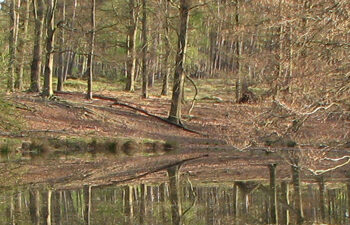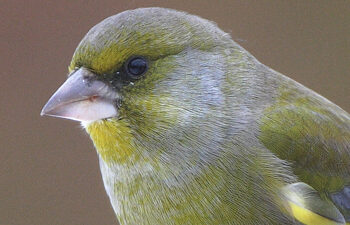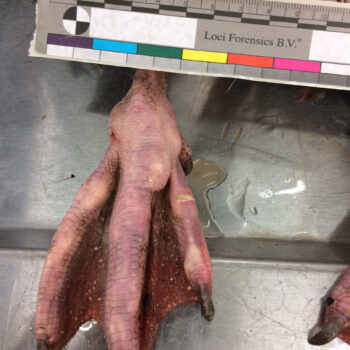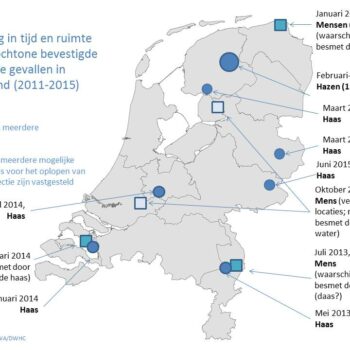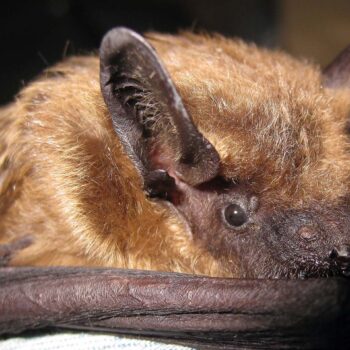Why does VHD (RHD) pose such a risk to wild rabbits?
Despite their legendary reproductive capabilities, rabbit populations can nonetheless be decimated by the spread of rabbit hemorrhagic disease virus (also known as viral hemorrhagic disease, VHD). RHD (type 1) was first reported in the Netherlands in the 1990s when it caused a massive dent in some wild rabbit
Read more






